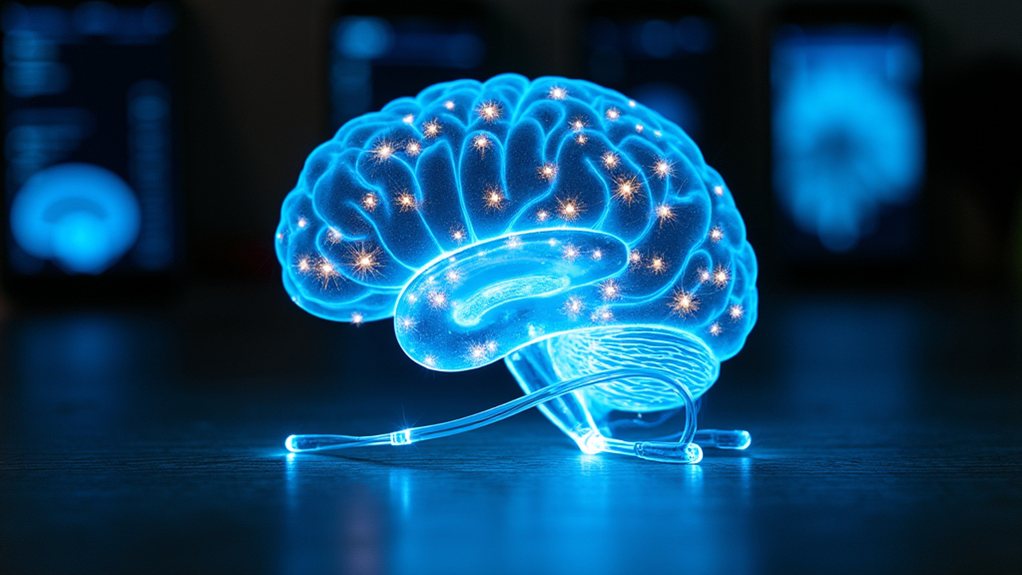Machine learning encompasses several approaches tackling different data challenges. Supervised learning—the honor student of the bunch—works with labeled data for predictable outcomes like spam filters. Unsupervised learning hunts for hidden patterns without labels (think Netflix recommendations). Semi-supervised and self-supervised learning make do with less labeled data, while reinforcement learning learns through rewards, mastering games like Go. This digital revolution quietly powers everything from your predictive text to healthcare diagnostics. Stick around to discover which ML type might be pulling strings in your favorite apps.
While technological advancements continue to reshape our digital landscape, machine learning stands as the quiet revolution powering everything from your Netflix recommendations to life-saving medical diagnostics. Behind the scenes, this technology breaks down into several distinct learning approaches, each with its own specialty in tackling data challenges.
Supervised learning dominates the machine learning landscape, using labeled datasets as its bread and butter. Think of it as the honor student of AI—always working with clear examples and producing predictable outcomes. Decision trees, neural networks, and support vector machines excel here, making your spam filters actually work and helping doctors identify concerning patterns in medical scans.
Supervised learning: the straight-A student of AI that turns labeled examples into reliable real-world solutions.
When data lacks those handy labels, unsupervised learning steps in like a detective without clues, searching for hidden patterns and relationships. K-means clustering and PCA might sound like indie bands, but they’re actually powerful tools for customer segmentation and finding those “people who bought this also bought…” connections that somehow convince you to buy things you never knew you needed. Cluster analysis is widely used in recommendation systems to categorize items based on similarity measures. However, unsupervised methods sometimes struggle with ethical bias when processing datasets that contain inherent societal prejudices.
Semi-supervised learning bridges these worlds by working with a small buffet of labeled data alongside a feast of unlabeled information. It’s perfect for situations where getting labeled data costs an arm and a leg—like speech recognition systems that would otherwise require armies of transcribers.
Self-supervised learning is the DIY enthusiast, generating its own supervisory signals from unlabeled data. This approach has revolutionized natural language processing, which explains why your phone’s predictive text sometimes knows what you want to say before you do (scary, right?).
Reinforcement learning takes a completely different approach—learning through trial, error, and rewards. It’s like training a digital puppy, and it’s why computers can now demolish champions at complex games like Go and help robots navigate real-world environments. In healthcare applications, machine learning algorithms have been developed to predict heart failure by analyzing cardiovascular history documented in doctor’s notes, enabling earlier interventions and improved patient outcomes.
From facial recognition to fraud detection, machine learning applications continue expanding into nearly every industry—quietly infiltrating our daily lives whether we notice it or not.









